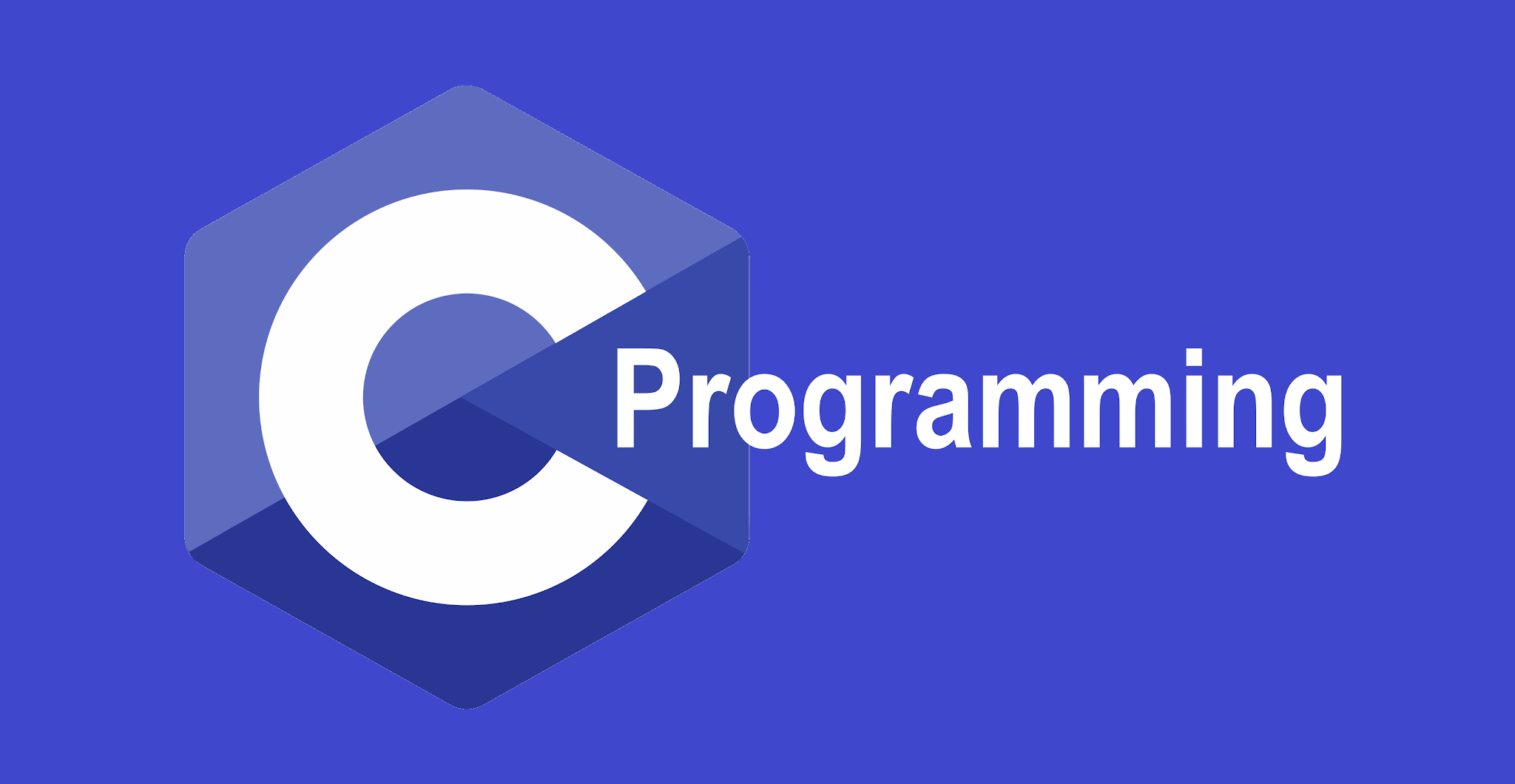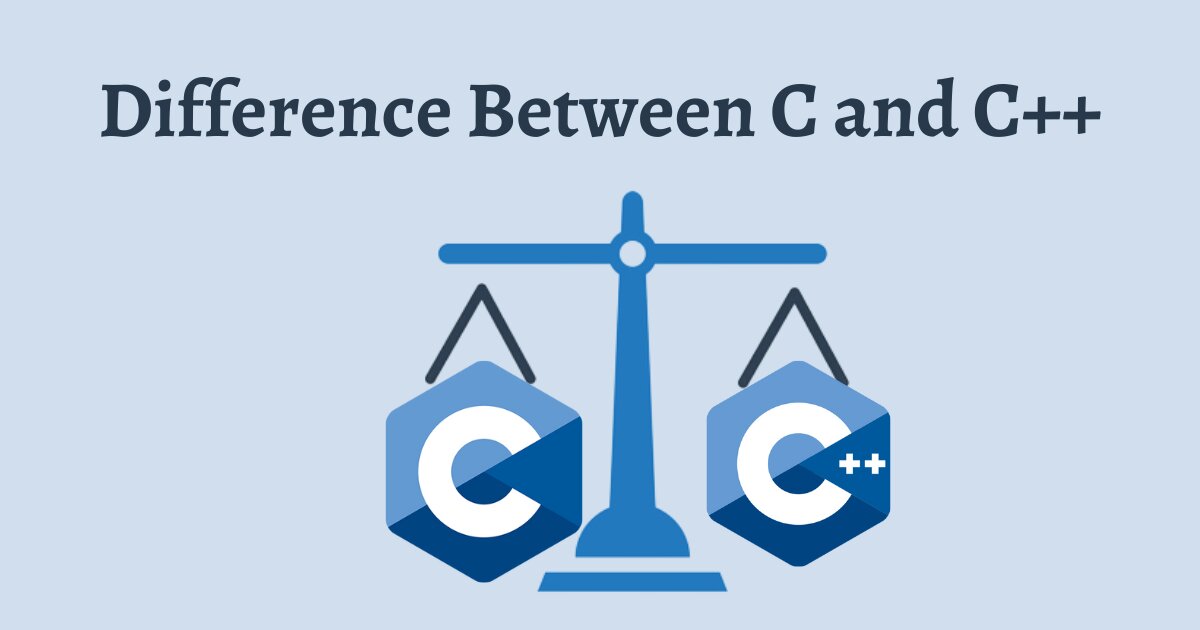C Language is a general-purpose, high-level programming language developed by Dennis Ritchie in 1972 at Bell Labs. It is often called the “mother of all modern programming languages” because many other languages like C++, Java, Python, and C# are based on it or influenced by its syntax and structure.
C is a procedural programming language, which means it follows a step-by-step approach to break down tasks into functions and procedures.
Where C is Used:
- Operating Systems (e.g., Linux, Windows kernel)
- Embedded Systems (like microcontrollers)
- Compilers and Interpreters
- Game Development
- Database Systems
- Network Drivers
Why is the C Language Used?
Here are the key reasons why C is widely used:
| Reason | Explanation |
| Efficiency & Speed | C is a low-level language close to assembly, making it extremely fast and efficient. Ideal for system-level programming. |
| Portability | Programs written in C can be run on different machines with little or no modification. |
| System Programming | Used to build operating systems (like Unix, Linux), embedded systems, and drivers. |
| Foundation for Other Languages | Learning C gives a strong base for understanding C++, Java, Python, etc. |
| Control and Flexibility | Offers direct access to memory using pointers, which is crucial for hardware-level programming. |
| Rich Set of Operators and Functions | C provides a wide variety of operators and built-in functions for performing complex tasks. |
| Modularity | Code can be broken into reusable functions, improving maintainability and organization. |
Key Features of C:
- Structured Language: Supports functions, loops, and modular programming.
- Low-level Access: Provides direct interaction with memory, making it suitable for system-level programming.
- Portable & Efficient: C programs can be compiled across multiple platforms with minimal changes.
- Rich Library Support: Includes a standard library for common operations like I/O, string manipulation, and memory allocation.


